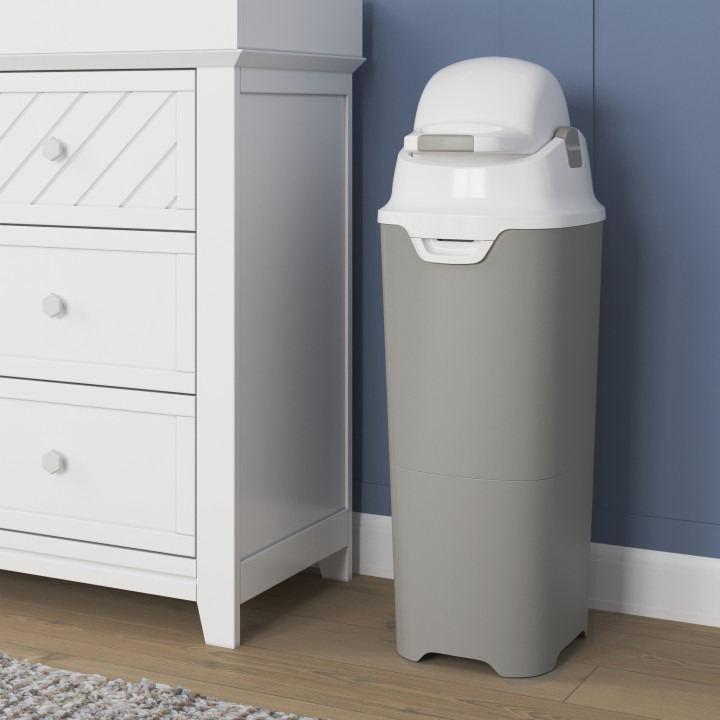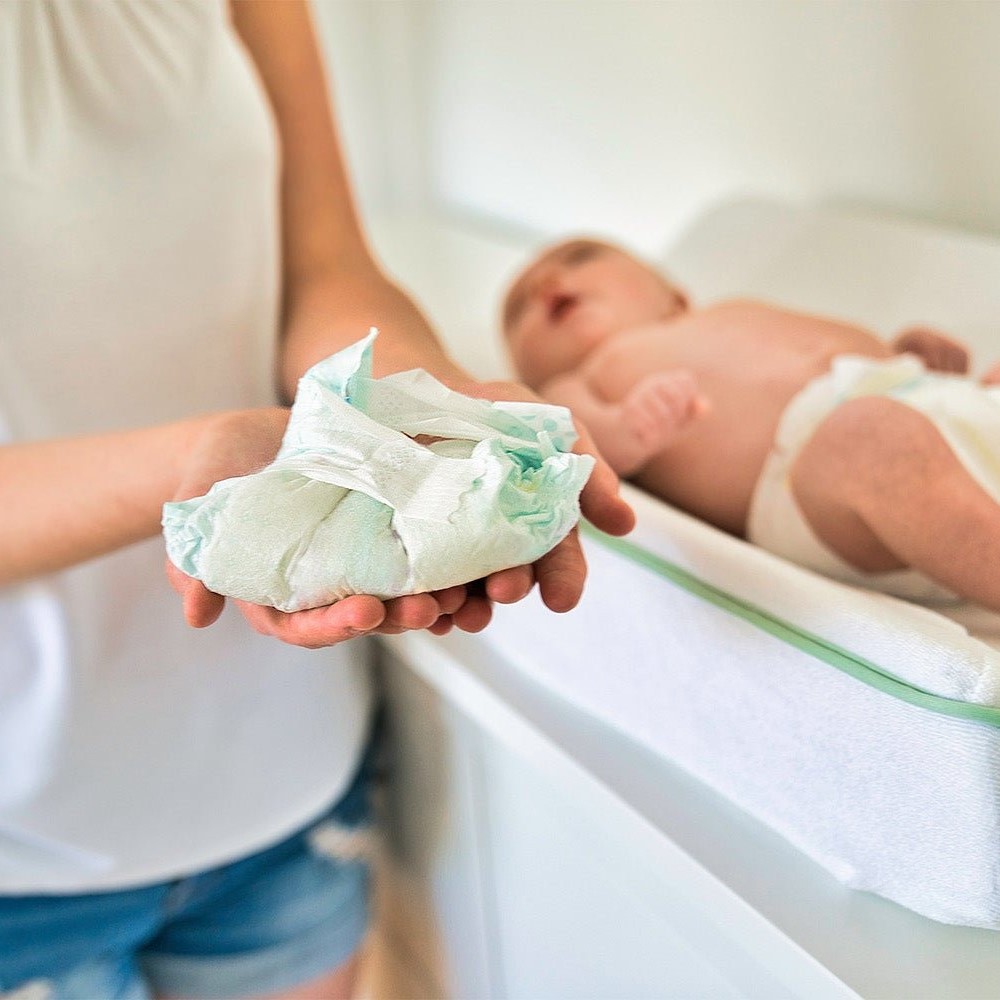Cloth diapering is making a comeback! It’s an eco-friendly, budget-conscious choice that can be surprisingly easy to manage. But with so many options and a learning curve, it can feel overwhelming. Fear not! This guide will walk you through everything you need to know about using cloth diapers.
Why Choose Cloth Diapers?
Before we dive into the how-to, let’s explore the why:
Environmentally Friendly
Cloth diapers significantly reduce landfill waste compared to disposables.
Gentle on Skin
Many babies experience fewer rashes with cloth due to the natural fibers.
Cost-Effective
While the upfront investment can be higher, cloth diapers save money in the long run.
Customizable
You can tailor absorbency and fit to your baby’s unique needs.
Types of Cloth Diapers
Cloth diapers come in various styles, each with its own pros and cons:
- Flats and Prefolds: These are the most basic and economical options, requiring folding and securing with a cover.
- Fitted Diapers: These are pre-shaped with elastic around the waist and legs, but still need a waterproof cover.
- All-in-Ones (AIOs): The most user-friendly option, these are self-contained with a built-in waterproof layer.
- Pocket Diapers: These have a pocket to stuff with absorbent inserts, offering customizable absorbency.
- Hybrid Diapers: These combine a reusable cover with disposable or reusable inserts.
What You’ll Need
Besides diapers, here’s what else you’ll need to get started:
- Covers: If using flats, prefolds, or fitted diapers, you’ll need waterproof covers.
- Fasteners: Snaps, Velcro, or pins (if you’re adventurous) to secure the diaper.
- Liners: These sit inside the diaper to catch solids, making cleanup easier.
- Wet Bags: These waterproof bags store soiled diapers until wash day.
- Diaper Pail: An optional container to store used diapers.
- Detergent: A gentle, cloth-diaper-safe detergent is essential.
How to Use Cloth Diapers
- Prep: Prewash new diapers to boost absorbency. Follow the manufacturer’s instructions.
- Put it On: Place the diaper on your baby, ensuring a snug but comfortable fit.
- Fasten: Secure the diaper using snaps, Velcro, or pins.
- Check for Leaks: Make sure the diaper is properly fitted and the cover is snug.
- Change Regularly: Newborns need changes every 2-3 hours, while older babies can go a bit longer.
- Rinse and Store: Remove solids and rinse diapers before storing them in a wet bag or pail.
Washing Cloth Diapers
- Pre-Wash (Optional): A cold rinse cycle helps remove solids and prevent staining.
- Main Wash: Use hot water and a cloth-diaper-safe detergent.
- Extra Rinse: Run an additional rinse cycle to remove any detergent residue.
- Dry: Tumble dry on low or line dry (sunlight helps bleach stains).

Troubleshooting
- Leaks: Check for fit issues, insufficient absorbency, or detergent buildup.
- Rashes: Ensure diapers are clean, avoid harsh detergents, and use liners to keep moisture away from skin.
- Ammonia Smell: Strip diapers (wash without detergent) to remove buildup.
Additional Tips
- Start Gradually: You don’t have to commit to full-time cloth diapering right away. Start with a few diapers per day.
- Join a Community: Online forums and groups offer support and advice from seasoned cloth diaper users.
- Experiment: Different brands and styles work for different babies. Don’t be afraid to try various options.
- Have Fun: Cloth diapering can be a rewarding experience!
Cloth diapering is a journey, not a race. It might take some trial and error to find what works best for you and your baby. But with patience and persistence, you’ll discover a sustainable, economical, and skin-friendly diapering solution.
Cloth Diapering On-the-Go
Cloth diapering doesn’t have to tie you down. Here’s how to handle it when you’re out and about:
- Wet Bags: Always carry a few wet bags in different sizes. Small ones for single diapers, larger ones for multiple changes.
- Travel Changing Pad: A portable changing pad makes diaper changes easier on the go.
- Extra Supplies: Bring extra diapers, covers, wipes, and a change of clothes for your baby, just in case.
- Public Restrooms: Look for family restrooms or changing tables to make the process more convenient.
- Disposal: If you don’t have access to a washing machine, store soiled diapers in a wet bag until you return home.

Cloth Diapering at Night
Overnight cloth diapering requires a bit more strategy:
- Double Up: Use two inserts or add a doubler for increased absorbency.
- Natural Fibers: Choose inserts made from natural fibers like hemp or bamboo, as they are more absorbent than microfiber.
- Wool Covers: Wool is naturally breathable and moisture-resistant, making it a great choice for overnight covers.
- Diaper Liners: Consider using fleece liners to wick moisture away from your baby’s skin and prevent irritation.
Dealing with Poop
Dealing with poop can be a concern for many parents considering cloth diapers. However, it’s easier than you might think:
- Newborns: Breastfed newborn poop is water-soluble and can be rinsed directly into the toilet.
- Solids: Once your baby starts solids, use a diaper sprayer or shake the solids into the toilet before washing.
- Liners: Disposable or reusable liners can make poop removal a breeze. Simply toss the soiled liner and wash the diaper.
Common Concerns and Misconceptions
- Hygiene: With proper washing, cloth diapers are just as hygienic as disposables.
- Inconvenience: While cloth diapering requires more effort than disposables, it’s not as time-consuming as you might think.
- Environmental Impact: Cloth diapers do require water and energy for washing, but their overall environmental impact is lower than disposables.
- Cost: While the initial investment can be higher, cloth diapers save money in the long run.
Additional Resources
- Online Communities: Connect with other cloth diaper users online for support, advice, and troubleshooting tips.
- Cloth Diaper Retailers: Many online and brick-and-mortar stores specialize in cloth diapers and accessories.
- Library Resources: Your local library may have books and resources on cloth diapering.
Advanced Cloth Diapering Tips
Once you’ve mastered the basics, you can explore these advanced techniques:
- Diaper Stripping: If you notice a decrease in absorbency or an ammonia smell, strip your diapers to remove detergent or mineral buildup.
- Homemade Detergent: You can even make your own cloth diaper detergent using simple ingredients like grated soap, washing soda, and borax.
- Cloth Wipes: Ditch disposable wipes and opt for reusable cloth wipes made from soft flannel or terry cloth.
- Diaper Sewing: For the truly adventurous, you can even sew your own cloth diapers and accessories.
Cloth Diapering for Special Needs
It can be adapted for babies with special needs:
- Premature Babies: Choose diapers specifically designed for preemies, as they are smaller and more delicate.
- Heavy Wetters: Look for diapers with extra absorbency or use doublers and boosters to prevent leaks.
- Sensitive Skin: Opt for natural fibers like bamboo or organic cotton, and avoid harsh detergents or fragrances.
Cloth Diapering Beyond Infancy
It isn’t just for babies! It can also be used for toddlers and even adults who experience incontinence.
- Potty Training: Cloth diapers can encourage potty training, as toddlers feel wetness more readily than with disposables.
- Adult Incontinence: Reusable cloth pads and underwear offer a comfortable and eco-friendly alternative to disposable products.
Conclusion
Embarking on your cloth diapering journey may seem daunting at first, but with the right information and support, it can be a rewarding and fulfilling experience. Not only will you be making a positive impact on the environment, but you’ll also be providing your baby with a comfortable and healthy diapering option.
Remember, every baby and family is different. Find what works best for you, and don’t be afraid to ask for help along the way.






